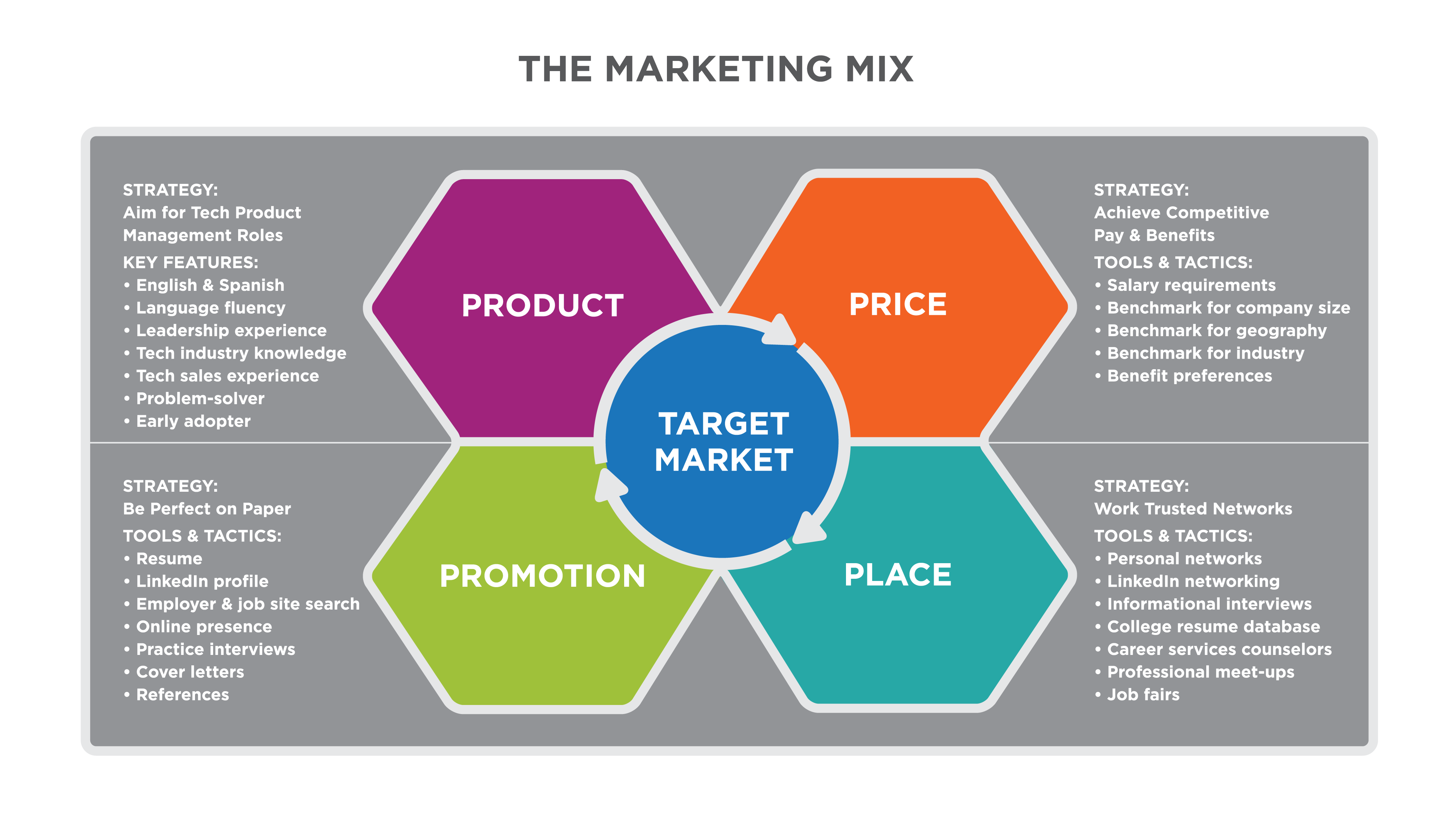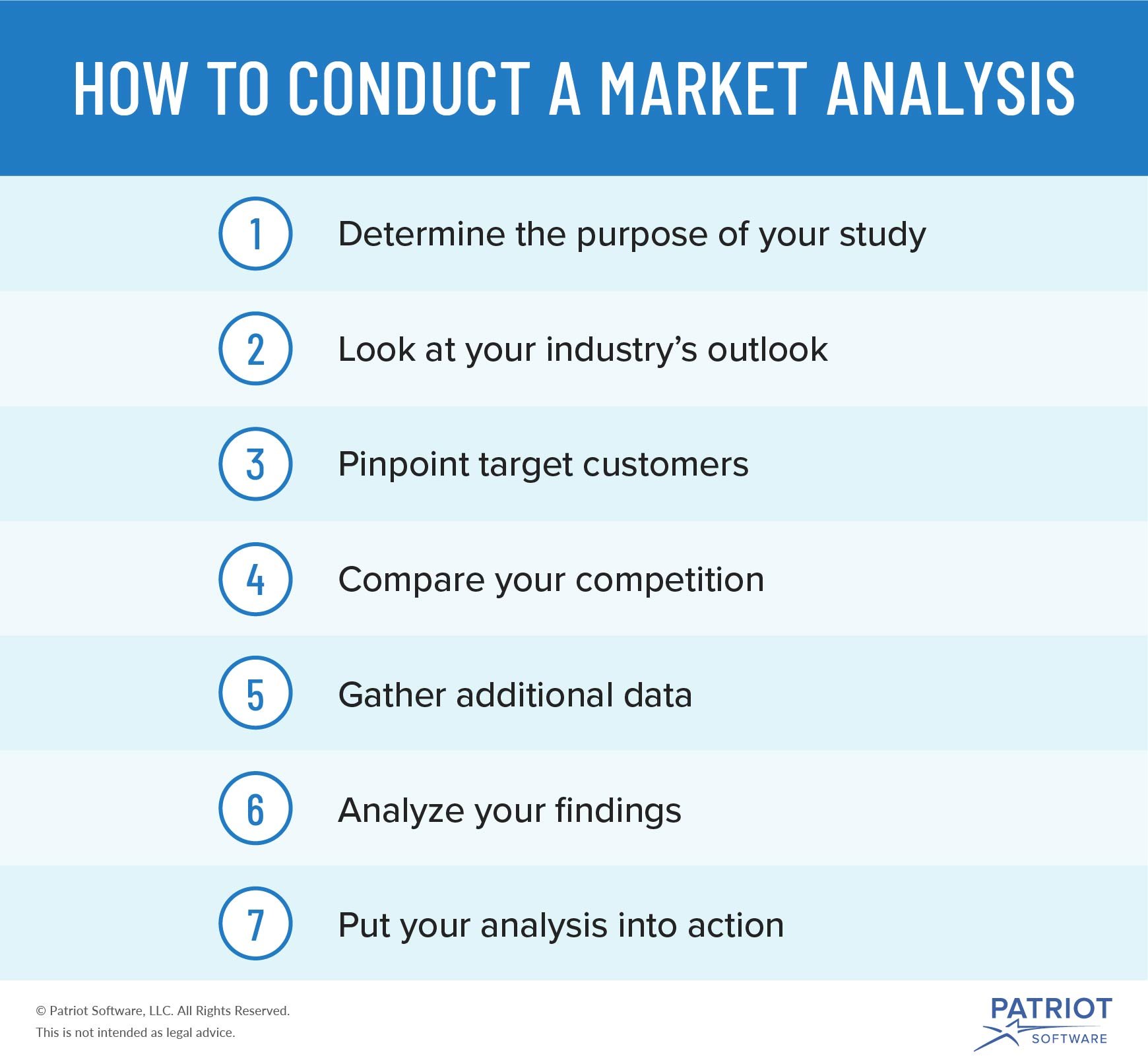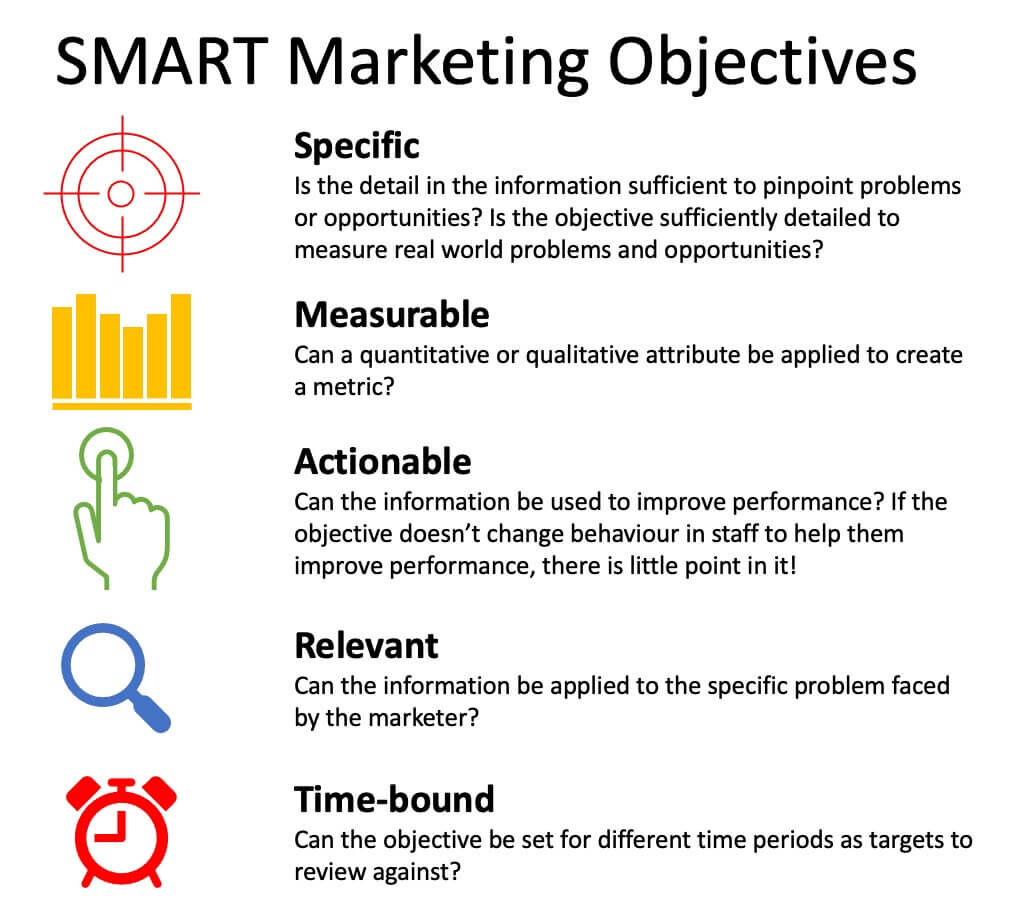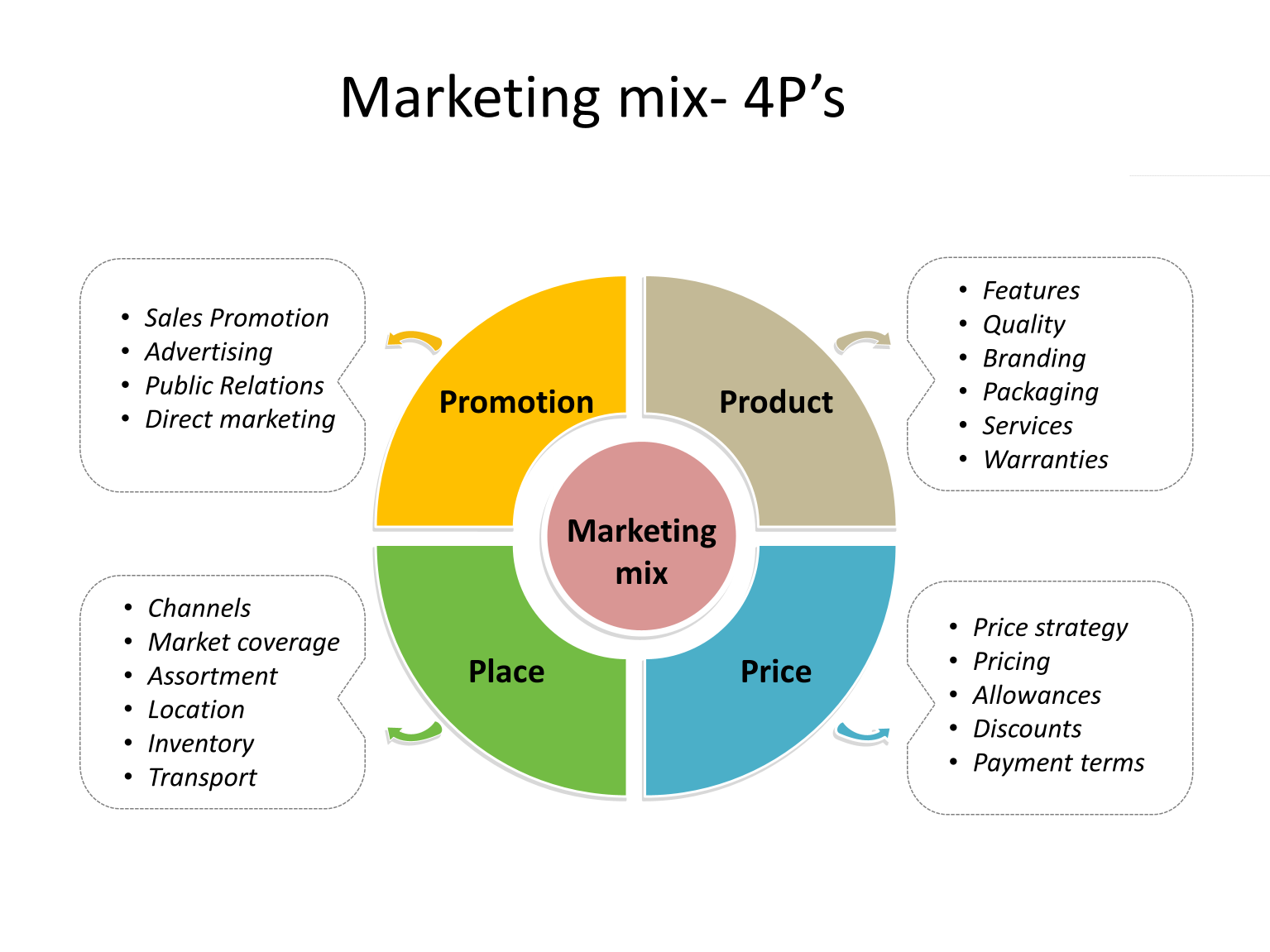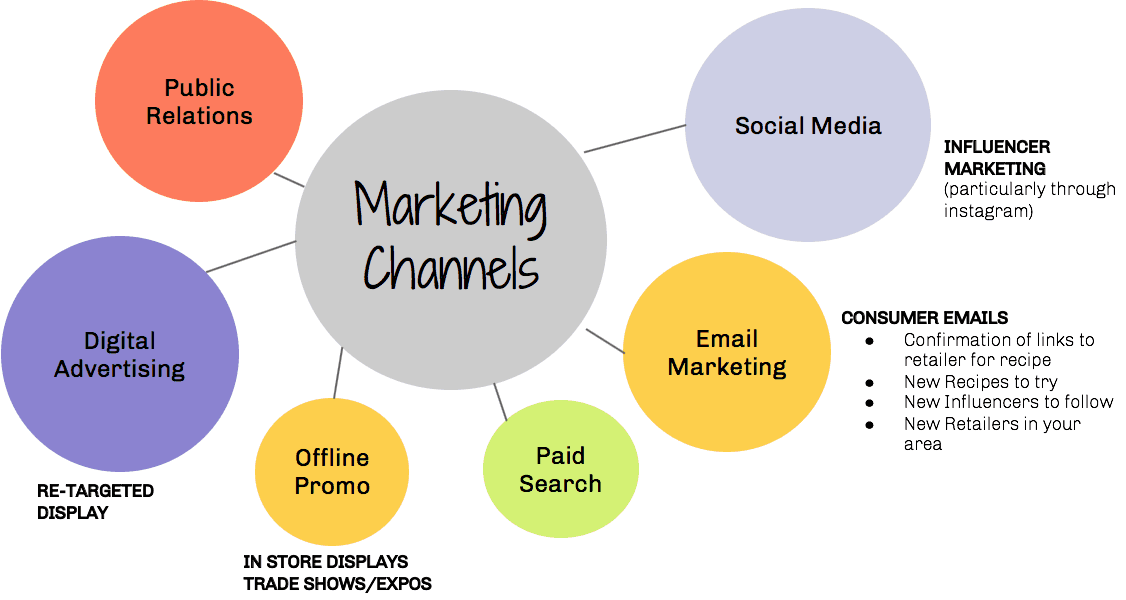Marketing Strategy Presentation
| Introduction to Marketing Strategy | ||
|---|---|---|
| Marketing strategy is a plan of action designed to promote and sell a product or service. It involves analyzing market conditions, identifying target audiences, and determining the best approach to reach them. A well-developed marketing strategy can help businesses achieve their goals and gain a competitive advantage. | ||
| 1 | ||
| Importance of Marketing Strategy | ||
|---|---|---|
| Marketing strategy provides a roadmap for achieving business objectives and targets. It helps businesses understand their customers' needs, preferences, and buying behavior. A strong marketing strategy enables businesses to differentiate themselves from their competitors and build brand loyalty. | ||
| 2 | ||
| Key Components of a Marketing Strategy | ||
|---|---|---|
| Market Analysis: Conducting research to understand the industry, market trends, and customer behavior. Target Audience Identification: Defining the ideal customer profile to focus marketing efforts on the most relevant audience. Positioning Strategy: Determining how the product or service will be perceived in the market and how it will stand out from competitors. | ||
| 3 | ||
| Setting Marketing Objectives | ||
|---|---|---|
| Marketing objectives should be specific, measurable, achievable, relevant, and time-bound (SMART). Examples of marketing objectives include increasing market share, improving brand awareness, and generating more leads. Clear marketing objectives help align the team and provide a benchmark for measuring success. | ||
| 4 | ||
| Developing the Marketing Mix | ||
|---|---|---|
| The marketing mix consists of the 4Ps: Product, Price, Place, and Promotion. Product: Determining the features, benefits, and packaging of the product or service. Price: Setting the right pricing strategy based on market conditions and customer perceptions. | ||
| 5 | ||
| Developing the Marketing Mix (cont.) | ||
|---|---|---|
| Place: Choosing the most effective distribution channels and locations to make the product or service accessible to customers. Promotion: Creating and executing marketing campaigns to raise awareness, generate interest, and drive sales. Your third bullet | ||
| 6 | ||
| Implementing and Monitoring the Strategy | ||
|---|---|---|
| Implementing the marketing strategy involves executing the planned tactics and activities. Regular monitoring and evaluation are crucial to measure the effectiveness of the strategy. Key performance indicators (KPIs) such as sales revenue, customer acquisition cost, and return on investment (ROI) help assess the strategy's success. | ||
| 7 | ||
| Adapting the Strategy | ||
|---|---|---|
| Market conditions are dynamic, so it's important to regularly review and adapt the marketing strategy. Analyzing market trends, customer feedback, and competitive landscape can provide insights for adjustments. Being flexible and open to change enables businesses to stay relevant and competitive in the market. | ||
| 8 | ||
| Examples of Successful Marketing Strategies | ||
|---|---|---|
| Coca-Cola's "Share a Coke" campaign personalized the product by printing popular names on the bottles, increasing consumer engagement and sales. Nike's "Just Do It" campaign positioned the brand as a symbol of motivation and empowerment, resonating with its target audience. Apple's product launches and sleek marketing campaigns have created a sense of anticipation and desire among consumers. | ||
| 9 | ||
| Conclusion | ||
|---|---|---|
| A well-executed marketing strategy is essential for businesses to achieve their objectives and succeed in the market. It involves thorough market analysis, identification of target audience, setting clear objectives, developing the marketing mix, and regular monitoring and adaptation. By understanding customer needs and preferences and effectively communicating the value proposition, businesses can gain a competitive edge and drive growth. | ||
| 10 | ||
